As the winter months approach, it’s important to take extra care of our furry friends to keep them healthy and happy. Just like humans, dogs can be affected by cold weather, and it’s our job as pet owners to keep them safe and comfortable. In this article, we’ll explore some of the best ways to keep your dog healthy during winter.
1. Provide Proper Shelter and Bedding
One of the most important things you can do for your dog during winter is to provide them with proper shelter and bedding. This is especially important for outdoor dogs, but even indoor dogs can benefit from a warm and comfortable sleeping area.
When it comes to outdoor shelters, there are several options to choose from, including dog houses and insulated dog kennels. Whatever option you choose, make sure it’s large enough for your dog to move around comfortably and that it’s raised off the ground to protect them from the cold and dampness.
For indoor dogs, make sure their bed is placed in a warm and draft-free area of the house, away from windows and doors. Use warm blankets and bedding to help keep them cosy, and consider investing in a heated dog bed for extra warmth.
2. Keep Your Dog’s Diet in Check
During winter, it’s important to pay extra attention to your dog’s diet. Dogs burn more calories in cold weather to stay warm, so it’s important to adjust their diet accordingly to ensure they’re getting enough nutrients.
Make sure your dog is getting a well-balanced diet that’s high in protein and healthy fats. Avoid giving your dog too many treats, as this can lead to weight gain, which can be especially harmful during winter when dogs need to stay lean to maintain their body heat.
Consider adding supplements like fish oil or omega-3 fatty acids to your dog’s diet to help boost their immune system and promote healthy skin and coat.
3. Protect Your Dog from Cold Weather
Dogs can be just as sensitive to cold weather as humans, so it’s important to take steps to protect them from the elements. Make sure your dog is properly dressed for the weather, with a warm coat or sweater to help keep them warm.
During walks and outdoor activities, be mindful of the temperature and wind chill. Keep walks short and consider taking breaks indoors to warm up if necessary. If your dog is shivering or showing signs of discomfort, it’s time to head back inside.
It’s also important to recognize the signs of hypothermia and frostbite in dogs. Signs of hypothermia include shivering, lethargy, and a weak pulse, while signs of frostbite include pale skin, blisters, and swelling. If you suspect your dog is experiencing either of these conditions, contact your veterinarian immediately.
4. Exercise Your Dog Regularly
Regular exercise is important for your dog’s overall health and well-being, and this is especially true during winter when dogs can be cooped up inside for long periods of time. Make sure your dog is getting enough exercise by taking them on regular walks and providing opportunities for indoor play and exercise.
Fun and safe winter activities for dogs include playing fetch in the snow, going on a winter hike, or trying out indoor agility courses. Remember to always monitor your dog’s activity levels and make sure they’re not overexerting themselves.
5. Groom Your Dog Regularly
Regular grooming is important for your dog’s overall health and hygiene, and this is especially true during winter when dogs can be exposed to snow, ice, and salt on the roads and sidewalks. Regular grooming can help prevent matting, skin irritation, and other common winter-related issues.
Make sure to brush your dog regularly to remove any debris or mats from their fur, and keep their nails trimmed to prevent slipping on icy surfaces. Consider using pet-friendly moisturizing shampoos and conditioners to keep your dog’s skin and coat healthy during the dry winter months.
If your dog gets wet during walks or outdoor activities, make sure to dry them off thoroughly with a towel or hair dryer, paying special attention to their paws and underbelly.
6. Be Aware of Potential Hazards
Winter can bring a host of potential hazards for dogs, so it’s important to be aware of these and take steps to prevent them. Some common winter hazards for dogs include:
– Antifreeze: Antifreeze is toxic to dogs and can be fatal if ingested. Make sure to clean up any spills and store antifreeze in a secure location out of reach of your dog.
– Ice-melting chemicals: The chemicals used to melt ice on roads and sidewalks can be harmful to dogs if ingested or if it comes into contact with their skin. Consider using pet-safe alternatives, such as sand or non-toxic ice melt products.
– Frozen bodies of water: Frozen bodies of water can be dangerous for dogs, as the ice may not be thick enough to support their weight. Keep your dog away from frozen bodies of water or use a leash when walking near them.
– Cold cars: Leaving your dog in a cold car can be dangerous, as the temperature inside can drop quickly and lead to hypothermia. Never leave your dog alone in a cold car.
By being aware of these potential hazards and taking steps to prevent them, you can help keep your dog safe and healthy during winter.
In conclusion, winter can present unique challenges for pet owners, but with the right care and attention, you can help ensure that your furry friend stays healthy and happy during the colder months. By providing proper shelter and bedding, keeping your dog’s diet in check, protecting them from cold weather, exercising them regularly, grooming them regularly, and being aware of potential hazards, you can help keep your dog healthy and comfortable all winter long. Remember, the best way to keep your dog healthy during winter is to work closely with your veterinarian, who can help guide you in making the best choices for your dog’s individual needs. With a little extra care and attention, you and your dog can enjoy all the joys of winter without any of the worries.

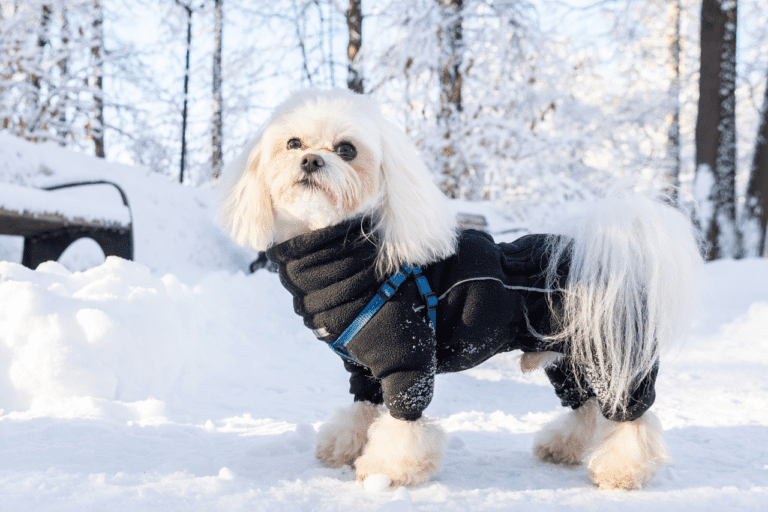
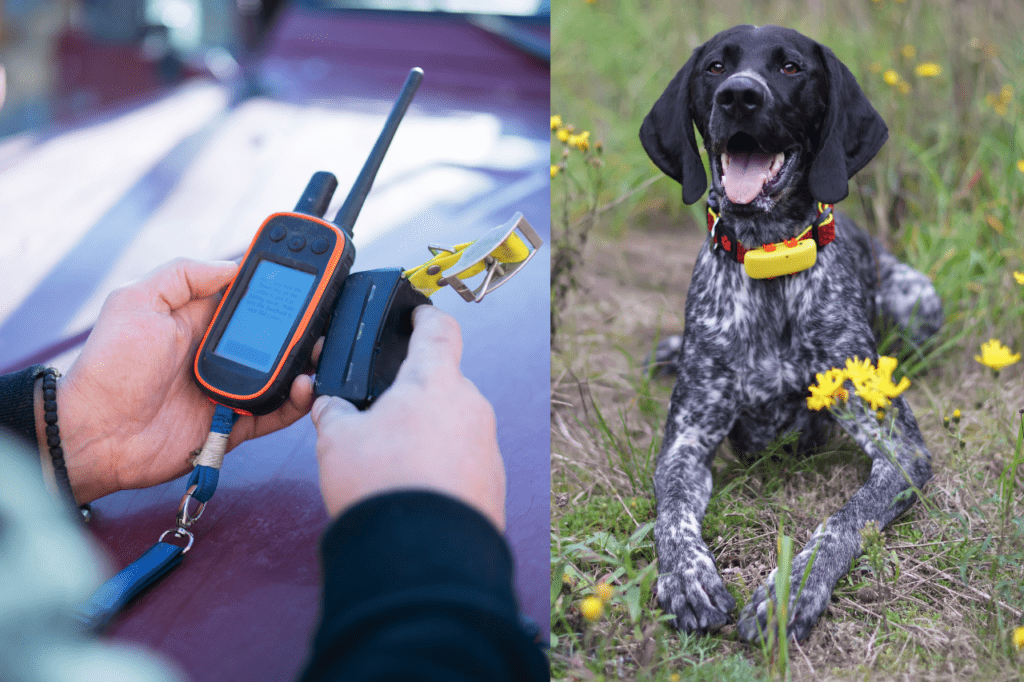
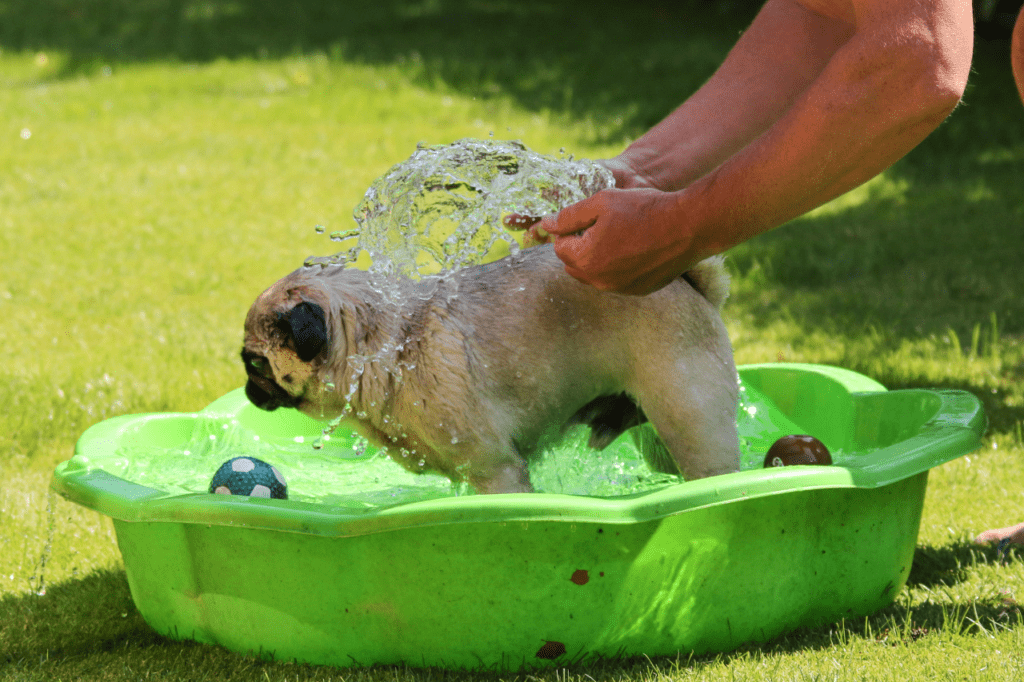
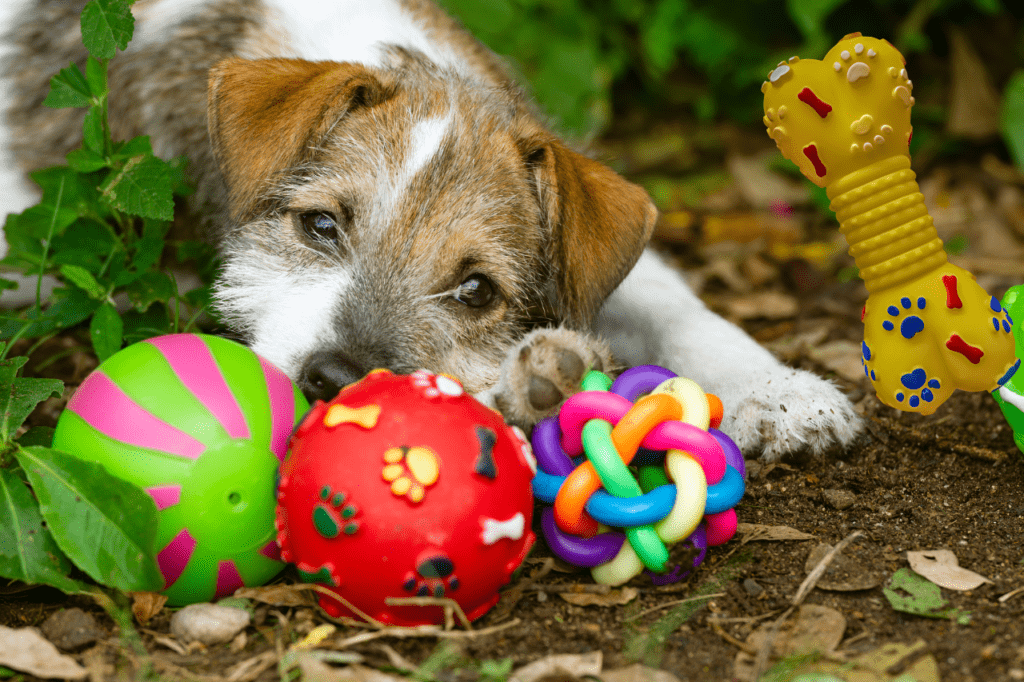
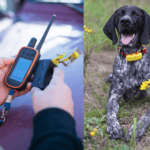
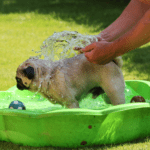
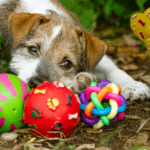

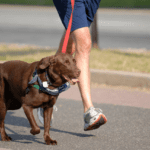
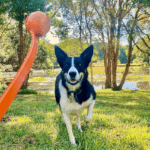
Recent Comments